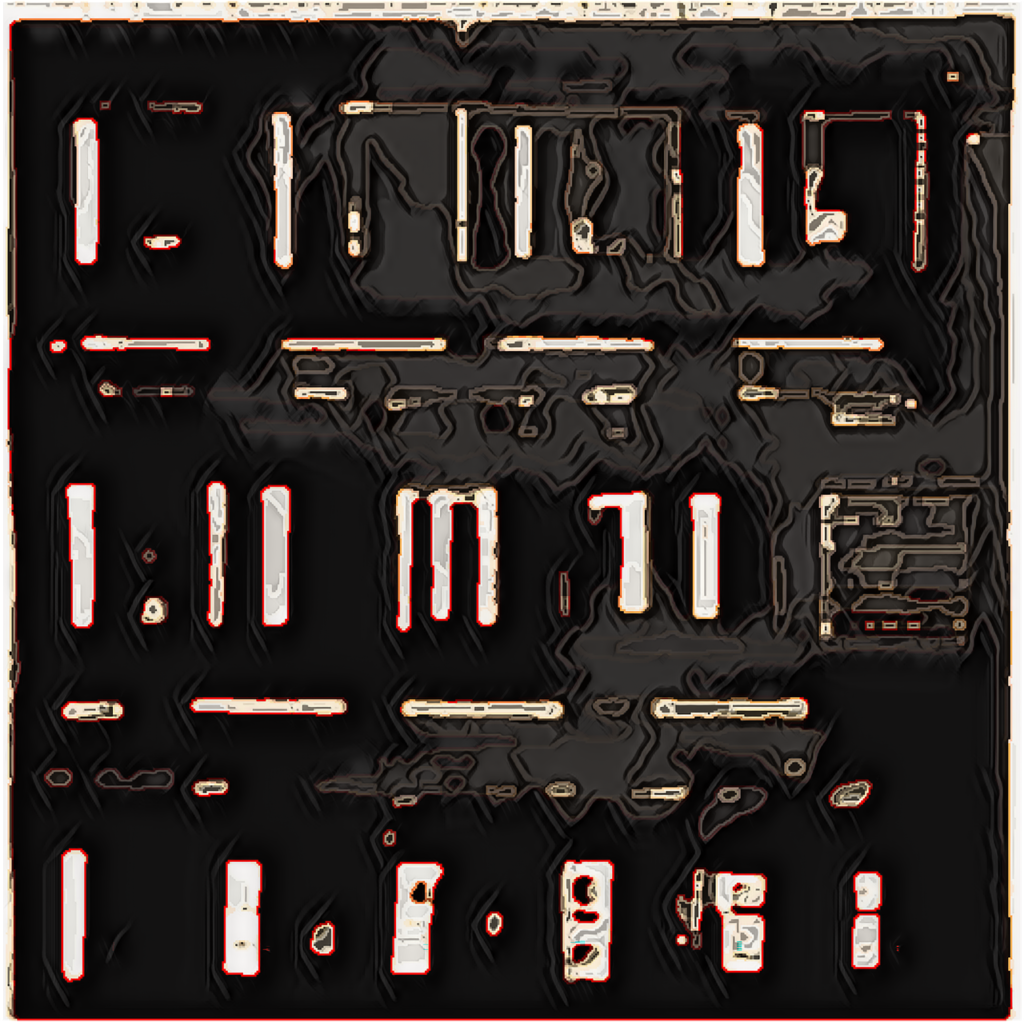NFA and DFA
NFA and DFA are two types of automata used in theoretical computer science to model and recognize formal languages.
NFA stands for “nondeterministic finite automaton”. An NFA is a mathematical model that consists of a finite set of states, a set of input symbols, a transition function that maps a state and an input symbol to a set of possible next states, a designated start state, and a set of accepting states. The main difference between an NFA and a DFA is that an NFA is allowed to have multiple possible next states for a given input symbol and current state. This nondeterminism can make NFAs more powerful than DFAs in some cases, but it also makes them more difficult to analyze and implement.

DFA stands for “deterministic finite automaton”. A DFA is a mathematical model that is similar to an NFA, but with one key difference: for each state and input symbol, there is exactly one possible next state. This determinism makes DFAs easier to understand and implement than NFAs, and allows them to be analyzed more easily using formal methods. However, this determinism also makes DFAs less expressive than NFAs, which means that there are some languages that can be recognized by an NFA but not by any DFA.
Examples of languages that can be recognized by an NFA but not by any DFA:
- L = {0^n 1^n | n ≥ 0}. This language consists of all strings of the form 0^n1^n, where n is a nonnegative integer. This language can be recognized by an NFA, but it cannot be recognized by any DFA.
- L = {w | w contains an equal number of 0s and 1s}. This language consists of all strings that contain the same number of 0s and 1s. This language can be recognized by an NFA, but it cannot be recognized by any DFA.
- L = {ww^R | w is a string over some alphabet, w^R is the reverse of w}. This language consists of all strings that are palindromes. This language can be recognized by an NFA, but it cannot be recognized by any DFA.
Examples of languages that can be recognized by both an NFA and a DFA:
- L = {0, 1}. This language consists of the strings “0” and “1”. This language can be recognized by both an NFA and a DFA, because it is a very simple language that does not require any special features like nondeterminism.
- L = {w | w is a string of 0s and 1s that contains the substring “101”}. This language consists of all strings that contain the substring “101”. This language can be recognized by both an NFA and a DFA, because it can be represented by a relatively simple automaton that does not require any nondeterminism.
- L = {w | w is a string of balanced parentheses}. This language consists of all strings of balanced parentheses, like “()”, “()()”, “(())”, and so on. This language can be recognized by both an NFA and a DFA, because it can be represented by an automaton that uses a stack to keep track of the balance of parentheses.
First, let’s consider the language L = {0^n 1^n | n ≥ 0}. This language consists of all strings of the form 0^n1^n, where n is a nonnegative integer. For example, the strings “01”, “0011”, and “000111” are in L, but the strings “001”, “011”, and “00011011” are not. This language can be recognized by an NFA, but it cannot be recognized by any DFA.

The reason for this is that the language requires the automaton to keep track of the number of 0s it has seen, in order to ensure that there are the same number of 1s. This requires the use of nondeterminism, because the automaton needs to be able to remember multiple possible values for the number of 0s it has seen so far.
Next, let’s consider the language L = {w | w contains an equal number of 0s and 1s}. This language consists of all strings that contain the same number of 0s and 1s. For example, the strings “01”, “0011”, “000111”, and “101010” are in L, but the strings “001”, “011”, and “00011011” are not.
This language can be recognized by an NFA, but it cannot be recognized by any DFA. The reason for this is similar to the previous example: the automaton needs to keep track of the number of 0s and 1s it has seen, and there are multiple possible values for these counts at any given point in the input. This requires the use of nondeterminism.
Finally, let’s consider the language L = {ww^R | w is a string over some alphabet, w^R is the reverse of w}. This language consists of all strings that are palindromes. For example, the strings “racecar”, “aba”, and “aa” are in L, but the strings “hello”, “abc”, and “abbaa” are not. This language can be recognized by an NFA, but it cannot be recognized by any DFA.
The reason for this is that palindromes can be of arbitrary length, and an automaton that recognizes palindromes needs to be able to “remember” the beginning of the string in order to compare it with the end. This requires the use of nondeterminism, because the automaton needs to be able to guess where the middle of the string is and then check whether the beginning and end match up.
Question
Construct a NFA and DFA state diagram that recognizes the following language : L = {w | w is a palindrome }
Answer
To construct the NFA and DFA state diagrams that recognize the language L = {w | w is a palindrome}, we can follow these steps:
- Start by creating a state for each letter in the input alphabet ∑, which we will assume to be {0, 1} for simplicity.
- Add an additional state to represent the start and end of the input string, which we will call q0.
- Connect each letter state to itself with a transition on the corresponding letter in the input alphabet.
- Connect the start/end state q0 to each letter state with a transition on the empty string ε.
- Add additional transitions to handle the possibility of the input string being of odd length, by connecting each letter state to a “mirror” state on the opposite side of the start/end state q0.
- Mark the mirror states as accepting states, since they represent palindromes.
With these steps in mind, here are the NFA and DFA state diagrams:
NFA state diagram:
ε
q0 --------> a0
| 0/ε |
| |
| 1/ε |
v v
a1 ----------> a2
εIn this diagram, the start/end state q0 connects to both letter states a0 and a1 on the empty string ε. Each letter state has transitions on both 0 and 1, either looping back to itself or transitioning to its mirror state on the opposite side of q0. The mirror states are represented by a2, which is marked as an accepting state since it represents a palindrome.
DFA state diagram:
0 1
------> a0 <------
| |
v v
a1 <------ q0 ----> a2*
| |
v v
------> a3 <------
0 1In this diagram, the start/end state q0 connects to two letter states, a1 and a2*. The states a0, a1, a2*, and a3 represent the four possible “halves” of a palindrome, depending on whether the input string length is odd or even. Each letter state has transitions on both 0 and 1, either looping back to itself or transitioning to the next state in the sequence. The state a2* is marked as an accepting state, since it represents a palindrome.
Greetings! Very useful advice in this particular article! Its the little changes that will make the biggest changes. Thanks for sharing!